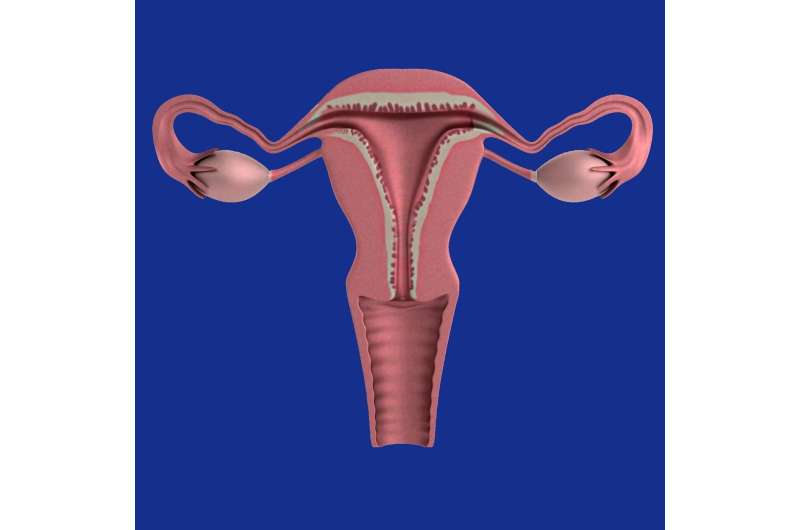Breakthrough in Gene Editing Offers Potential Treatment for Smooth Muscle Diseases

Researchers at UT Southwestern have used advanced gene editing techniques to successfully treat a rare, inherited smooth muscle disorder in preclinical models, paving the way for potential innovative therapies.
Researchers at UT Southwestern Medical Center have made significant progress in using gene editing technology to tackle multisystem smooth muscle dysfunction syndrome (MSMDS), a rare genetic disorder affecting fewer than 1,000 people in the United States. This disease involves widespread problems in smooth muscles, which are vital for the proper functioning of blood vessels, organs, and various tissues. Patients often develop complications such as aortic aneurysms and dissections, which are life-threatening emergencies requiring immediate intervention.
The team utilized a precise gene editing approach called base editing, a variation of CRISPR technology that enables targeted swapping of individual DNA letters. In their study, they focused on correcting a mutation in the ACTA2 gene, responsible for the disease. Initial tests involved editing human smooth muscle cells with mutant ACTA2 in vitro, successfully transforming them into healthy cells that regained normal functionality, including proper contraction and reduced abnormal growth.
Building on these promising results, the researchers packaged the base editing machinery with a specialized promoter to ensure targeted expression in smooth muscle cells within living mice. When introduced to newborn mice carrying the human ACTA2 mutation, the treatment prevented the development of disease symptoms such as enlarged organs and weakened blood vessels. Mice treated early remained healthy, while untreated mice exhibited critical health issues.
This innovative approach suggests that gene editing could be a future therapy for MSMDS, particularly if implemented early in the disease process. Although challenges remain in translating these findings to humans, the study provides proof-of-concept that precise genetic correction can restore normal function in affected tissues. Future research will explore the potential of reversing disease symptoms after onset and expanding the technique to other genetic smooth muscle disorders.
The study was led by Dr. Qianqian Ding and colleagues, demonstrating a significant advancement in applying gene editing to vascular and smooth muscle-related genetic diseases. As Dr. Ding notes, this strategy shows promise for developing targeted, effective treatments where conventional therapies are limited. The full results are published in Circulation (2025).
Source: https://medicalxpress.com/news/2025-06-gene-smooth-muscle-disease-preclinical.html
Stay Updated with Mia's Feed
Get the latest health & wellness insights delivered straight to your inbox.
Related Articles
Reactivating Specific Memories Can Indirectly Enhance Related Memories, New Study Shows
New research reveals that reactivating specific memories not only reinforces those experiences but can also indirectly strengthen related memories within the same context, offering potential advancements in understanding human memory processes.
Migraine Medication Shows Promise in Alleviating Preheadache Symptoms
New research shows that ubrogepant, a migraine drug, may effectively reduce early pre-headache symptoms, offering hope for improved migraine management.
Rising Use of Nicotine Pouches Among Teens Sparks Public Health Concerns
The increasing popularity of smokeless nicotine pouches among teens raises significant health concerns. Experts warn about early addiction risks and the challenges in regulation and education, emphasizing the need for awareness and prevention.



